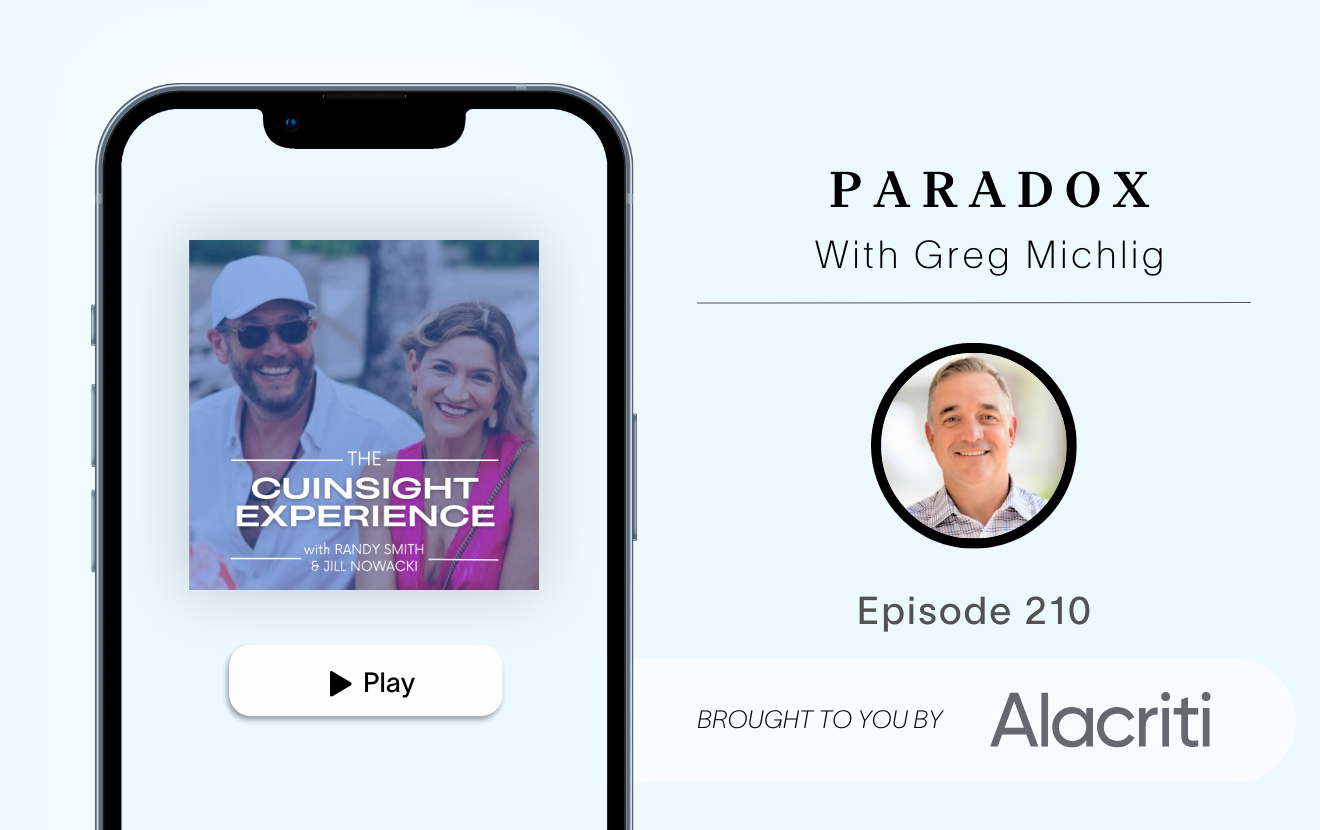When you think about the people that you surround yourself with, both personally and professionally, remember that starting, building, nurturing, and growing your relationships is something that takes time and is worth the investment. As many of you know, my company is Selling In A Skirt and the S.K.I.R.T in Selling In A Skirt stands for Standing Out, Know Your Non-Negotiables, Invest in Your Relationships, Referrals, and Time Structure. When considering this topic, the focus was on the “I”—Invest in your relationships with your current clients—in other words, handle with care!
You worked hard to get the clients you have. The problem arises when you're solely focused on prospecting for new clients and neglecting your most valuable resource: the people who have already said yes. Statistics prove that it's easier to keep a client than to get a new one. You don't have to sell to these clients again; they have already said yes. However, if you don't invest in cultivating a real relationship with them, they won't stick around. If you don't care about your clients, your competitors will. So, what does that look like?
Selling is all about relationships, and you probably already know that. People do business with those they like and trust, and building a genuine relationship with them is how they get to know you and build that trust. Investing in relationships with your prospects and clients can have an incredible impact on your business’s bottom line.
What does that mean? What does it look like? These are questions we are asked all the time by our clients. The ultimate goal is to create long-term relationships where clients see you as a valuable resource and go-to person. However, this has to start somewhere. You don’t develop a relationship where there is none. It’s time to remind ourselves to be intentional in everything we do.
Relationships are the most important tool in your toolbox. So, how do you start? The easiest way is to use something we already have and need to use more often: asking questions. Here’s why:
- Asking questions demonstrates interest: It shows that you are interested in what is being said. Remember, it’s about being interested in them, not interesting to them. Translation: ask questions and then listen.
- Asking questions educates: It gives someone an opportunity to respond to a question that makes them think and make informed decisions. This is where strategic thinking comes alive.
- Asking questions reveals the “WHY”: Understanding why someone is doing something or needs something now helps you get to know them and their thought process.
It's important to remember that men and women often ask questions for different reasons. Generally speaking, men gather information to close the deal, while women gather information to start a relationship. Women will get to the why quicker and more often, and their style is more relational rather than transactional. However, not all men are transactional, and not all women are relational—these are general trends.
Despite the value of asking questions, many people avoid it. Why? Often, women fear that asking questions will make them look weak or unsure. They worry it might introduce uncertainty or show them in a poor light. However, asking questions is a sign of strength and intelligence, not weakness or uncertainty. Great leaders constantly ask questions and understand they do not have all the answers. When you ask someone a question, you are learning from them and about them.
Some people are in such a hurry to get things done that they do not stop to ask questions, fearing it might slow them down. Remember the old saying, "slam, bam, thank you ma’am"? Unless you want to "get in, get out, and get the check," take your time.
As someone dubbed the Question Queen, asking questions comes easily to me. Coming from the insurance and financial services world, you had to ask questions, and I loved finding out about the person sitting across from me. My only caution is to remember why you are with someone and not to interrogate them. It’s a conversation, and your questions will open many additional conversations. When I ask questions, I make sure they are relevant and inviting. I have learned so much about my clients with simple questions. So, how do you do that, you ask?
- Don’t ask multiple-choice questions: End the sentence at the question mark. It’s OK to be brief. Instead of asking, “Why do you need this product? Are you thinking of this or that one? Maybe we should look at both,” stop at “Why do you need this?”
- Get comfortable with silence: When you ask a question, give the person time to respond and don’t jump in with another question. Many salespeople ask their prospect a question, provide a solution, and then rather than waiting for their response, come back with 10 other alternatives.
- Start with "who, what, when, where, how, or why": These kinds of questions give the person you are asking a way to give you a more focused answer. If you want a yes or no, ask a question that will give that. If you want or need more information, use who, what, when, where, how, or why.
- Rephrase if needed: If you get an answer that doesn’t give you enough information, ask it from a different angle. Sometimes people don’t listen to the question, but sometimes they don’t understand it.
- Don't be afraid to ask dumb questions: The only dumb question is the one that isn’t asked. Have you ever walked out of a meeting and said, “I should have asked that” or “Why didn’t I ask this?”
The best way to be prepared for any situation is by asking the right questions right from the start. The best salespeople (and we are all in sales) are the ones that ask the most questions—and they need to be good questions. Some reminders:
- Decide on the type of question: There are many types of questions, but the most common are open and closed. Open-ended questions engage the other person in a conversation, like an oral essay. Closed-ended questions are the opposite, eliciting yes, no, or maybe answers. Open-ended questions will give you their why if you listen carefully. Closed-ended questions will tie it down.
- Make it easier for the respondent: Ask questions that make sense to both of you.
- Be clear and concise: When you ask a question, make sure you know why you’re asking it.
- Direct your questions: Aim your questions at a particular person to get a direct response. When questions are asked of an entire group, people are reluctant to be the first to speak.
- Ask one at a time: Don’t ask multi-part questions. How do you know which part to answer first? Ask one question, on one subject, to one person, and you’ll be pleased with the results. If you must ask more than one question at a time, let your client know it’s a two-part question and ask each part separately.
Remember, successful people ask better questions, and as a result, they get better answers. It’s about conversations. In my decades in sales, I have never sold any of my clients anything. I simply had conversations, asked questions, listened, and from that, a relationship began.







